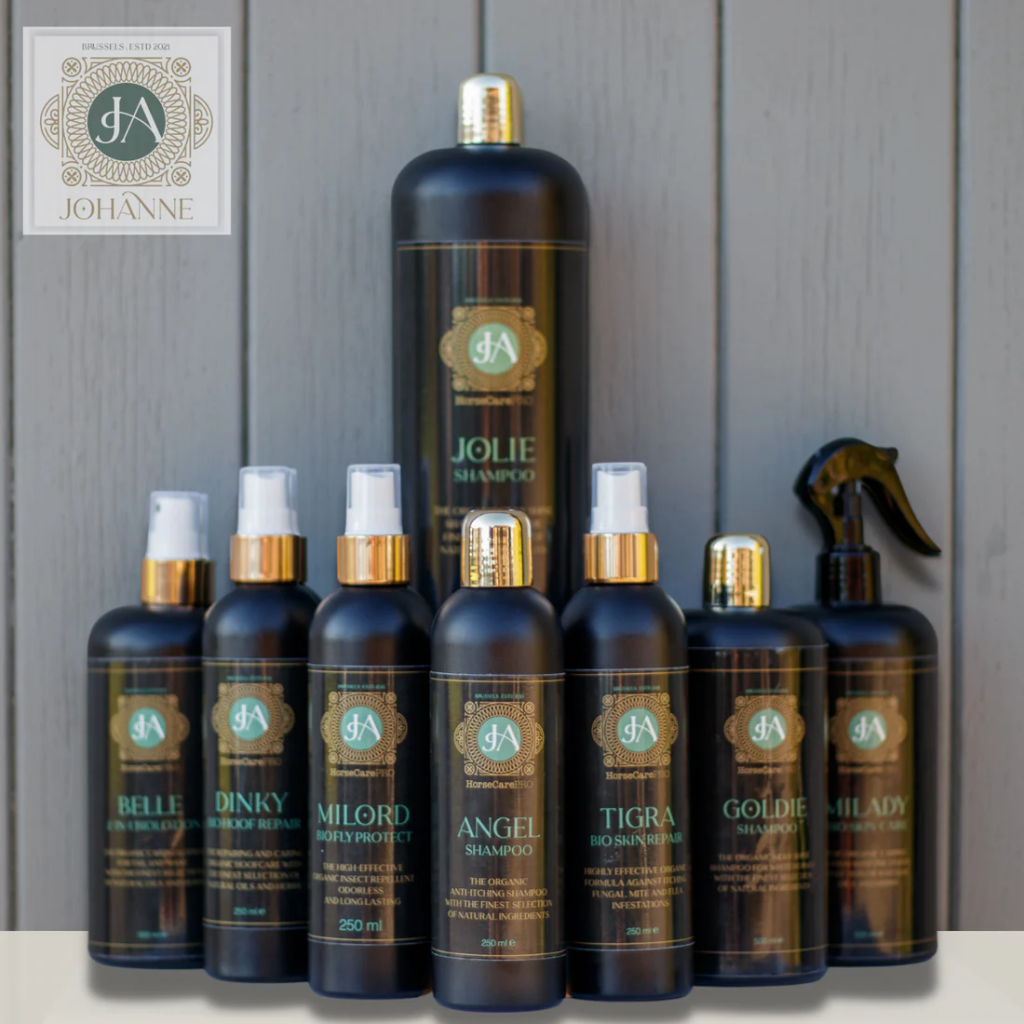The world of equestrianism is a realm where the bond between human and horse transcends mere companionship, it’s a partnership built on trust, skill, and understanding. From the thundering hooves of a galloping stallion to the delicate maneuvers of dressage, every aspect of horsemanship demands precision and dedication. Central to this world are the tools and equipment that aid in both horse training and rider safety, ensuring harmony between horse and rider.
Equestrian Equipment – Essentials for Rider and Horse
1. Saddles-
The saddle is the cornerstone of equestrian equipment, providing comfort and stability for the rider while distributing their weight evenly across the horse’s back. With various styles such as English, Western, and endurance, saddles are tailored to different riding disciplines and preferences.
2. Bridles and Bits-
Bridles consist of headgear used to control the horse, typically including a bit, reins, and other components. Bits come in diverse designs and materials, exerting different pressures on the horse’s mouth to convey commands effectively.
3. Stirrups and Stirrup Irons-
Stirrups provide support and balance for the rider’s feet, crucial for maintaining stability and control. Modern stirrups come in a range of materials and designs, catering to various disciplines and rider preferences.
4. Girths and Cinches-
Girths and cinches secure the saddle in place, ensuring it remains stable during riding sessions. Available in different materials and styles, these essential components provide comfort for the horse while preventing saddle slippage.
5. Protective Gear-
Both horse and rider require protective gear to minimize the risk of injury during training and competition. Helmets, body protectors, and boots are among the essential safety equestrian equipment designed to safeguard against falls and impact.
Enhancing Performance and Communication
1. Lunging Equipment-
Lunging involves exercising the horse on a long line to improve fitness, balance, and obedience. Lunging equipment such as lunge lines, lunging whips, and cavessons facilitate controlled movement and communication between horse and handler.
2. Training Aids-
Training aids and wireless instruction devices are tools designed to assist in refining the horse’s movements and responses to rider cues. From side reins and draw reins to training forks and pessoa rigs, these devices aid in developing balance, suppleness, and engagement.
3. Jumping Equipment-
For riders involved in show jumping or cross-country disciplines, specialized equipment such as jump poles, cavaletti, and jump cups are indispensable for training over obstacles. These tools help horses develop confidence, technique, and agility over fences.
4. Groundwork Tools-
Groundwork forms the foundation of a horse’s training, establishing respect, communication, and obedience from the ground up. Tools like long lines, tarps, and ground poles facilitate exercises that improve responsiveness, desensitization, and trust.
5. Equine Technology-
In recent years, advancements in technology have revolutionized horse training with innovative wireless instruction devices such as GPS trackers, heart rate monitors, and motion sensors. These tools provide valuable insights into the horse’s performance, health, and biomechanics, aiding in targeted training and rehabilitation programs.




